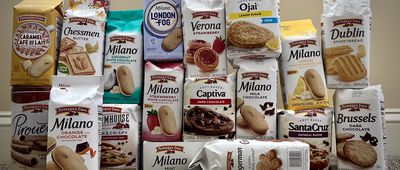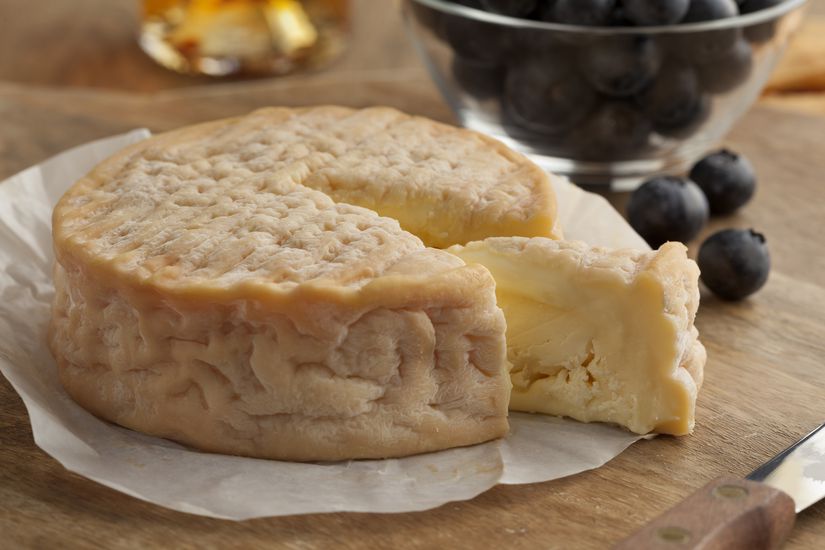Go Your Own Whey
If you’re a cheese lover, you likely already know that the cheese world is full of surprises. There are rich creamy brie styles, crumbly clothbound cheddars, piquant blues, and everything in between, including “stinky” or “funky” cheeses. Those are often “washed rind” styles that have been rubbed down or “washed” in a culture, brine, or alcohol as they age to bring out meaty, sometimes almost bodily aromas. (Luckily, the flavor is almost always milder than the aroma.) They’re often oozy and runny, which is delightful if you’re a soft cheese lover, and there are a few of those on this list — but also some delightful weirdos. Look for blue cheeses so strong they’ll practically numb your tongue, one so smelly it’s rumored to be banned on the Paris metro, and another with live insects inside.
Prices and availability are subject to change.
Related: Alluring Cheese Shops Across America




















